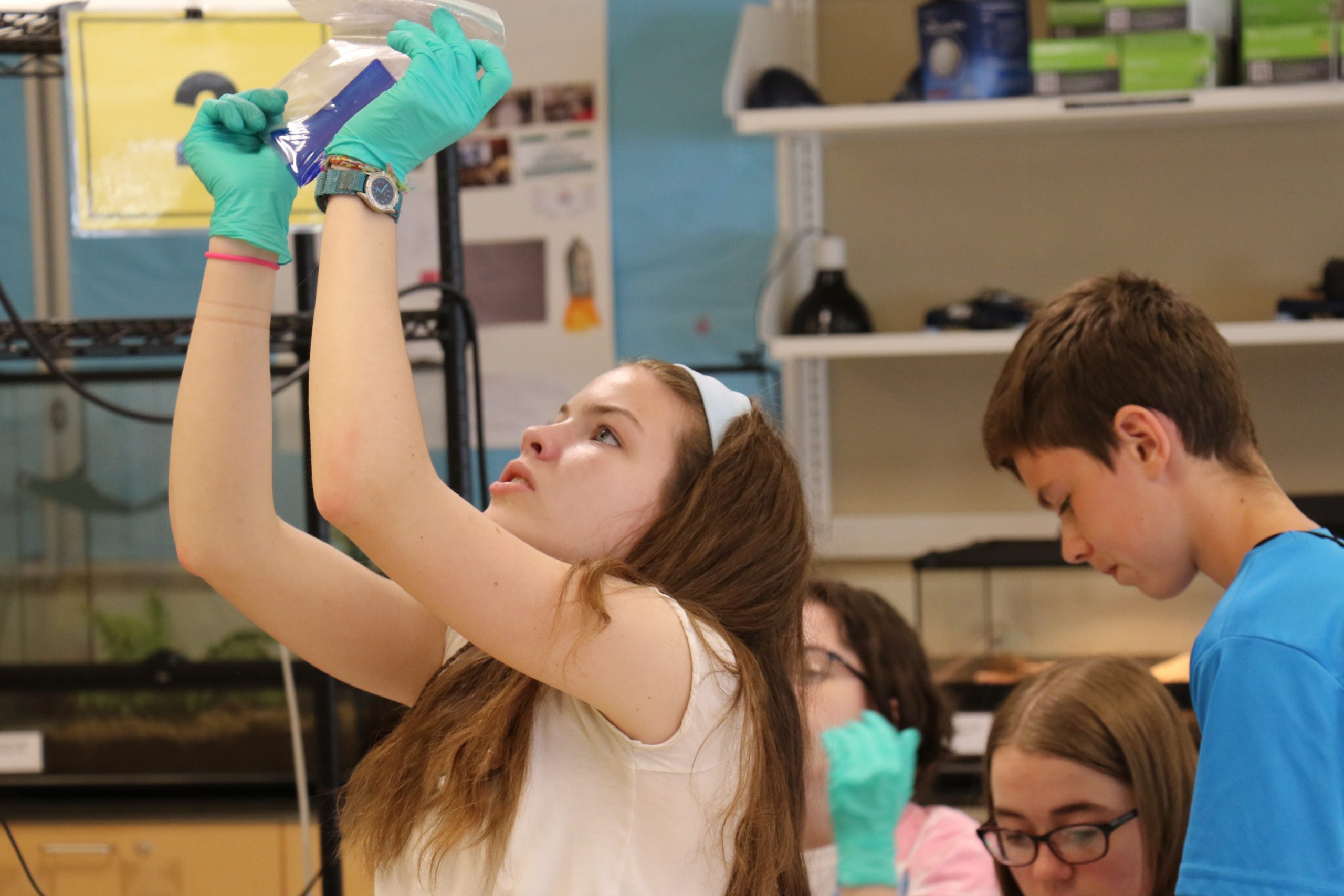 We all know the old saying, “Curiosity killed the cat.” It’s supposed to be a warning against inquisitive thought, a reminder that asking too many questions can lead one into trouble. However, it might surprise you to learn that this little axiom used to have a completely different meaning. Before it was worn down through the ages, the full proverb allegedly went, “Curiosity killed the cat, but satisfaction brought it back.” Rather than discourage curiosity, this motto was originally designed to inspire it. Listeners would realize that any hardship they encountered through studying was ultimately worth the sense of discovery waiting for them at the end.
We all know the old saying, “Curiosity killed the cat.” It’s supposed to be a warning against inquisitive thought, a reminder that asking too many questions can lead one into trouble. However, it might surprise you to learn that this little axiom used to have a completely different meaning. Before it was worn down through the ages, the full proverb allegedly went, “Curiosity killed the cat, but satisfaction brought it back.” Rather than discourage curiosity, this motto was originally designed to inspire it. Listeners would realize that any hardship they encountered through studying was ultimately worth the sense of discovery waiting for them at the end.
For today’s educator, curiosity plays a vital part in the learning experience. Teachers were once considered the smartest people in the school (*ahem* except for maybe the librarians) and their role was to pass on knowledge to attentive students. Then, Google happened. Now any student with a smartphone can get answers with the tap of a button, and the landscape of education has changed dramatically. It’s no longer enough to simply disseminate information, teachers need to build a culture of wonder and innovation within their classrooms.
One way to accomplish this is by tapping into student’s natural curiosity. Everybody loves discovery, everybody loves a dash of mystery too, and finding ways to draw out these themes can open the path to organic learning. Don’t just supply students with an answer, invite them to question the material! Here are a few strategies for cultivating curiosity in your classroom.
Gameify Your Lesson
You don’t need cutting-edge technology to get kids invested in a game (though if you’ve got it, go for it!) Board and card games have a long history of teaching kids practical skills through strategy, modification, and practice. The basic elements of a game can be applied to any lesson: there’s an objective you’re trying to reach, some sort of obstacle in the way, and a visual representation of your progress. Tinker a little to turn this premise toward your content. Treat the subjects like stages in a video game. Fashion makeshift “power ups” students can use after solving a certain number of problems. Tell them they have Leveled Up once the assignment is complete! Straightforward? Check. Fun? Check. Helps students apply whatever information they’ve gathered? Double check. What more could you ask for?
Choiceify Your Lesson
Learning doesn’t have to be a linear experience. This doesn’t mean giving up control of the classroom, it’s simply about providing students with more room to explore. If the assignment is to present data to the class, let them choose the method of presentation. Allow them to experiment with different types of graphs. Let them choose a topic they are passionate about if assigned a paper. Over time, as their curiosity begins to develop, you’ll be able to provide them with more and more choices.
Storify Your Lesson
Who doesn’t love a good story? A beginning, a middle, and an end, are what construct all stories. A character and a conflict drive each phase. When preparing for a lesson, look over the information and see if you can’t incorporate it into a story. Can the chemicals you’re using double as characters in a narrative? Tie a moment in history to modern day events. Present mathematical formulas as riddles to your protagonist. Spin a good enough tale, and students will be hanging on your every word!
Journalfy Your Lesson
The most practical approach to curiosity is having students keep a journal and encourage them to write down any questions they might have after a lesson. Later, take time to review the questions together as a class. Anything that happened during a science experiment should be covered with secondary resources. Was there something about the latest reading assignment which made them curious about the author? You may not get to everything, but by prompting students to think past the standard notes, you’re helping them to develop as critical thinkers. Once you ignite the fires of curiosity, there’s no limit to what they may discover!
What about you? What are the ways you promote curiosity within your students?
